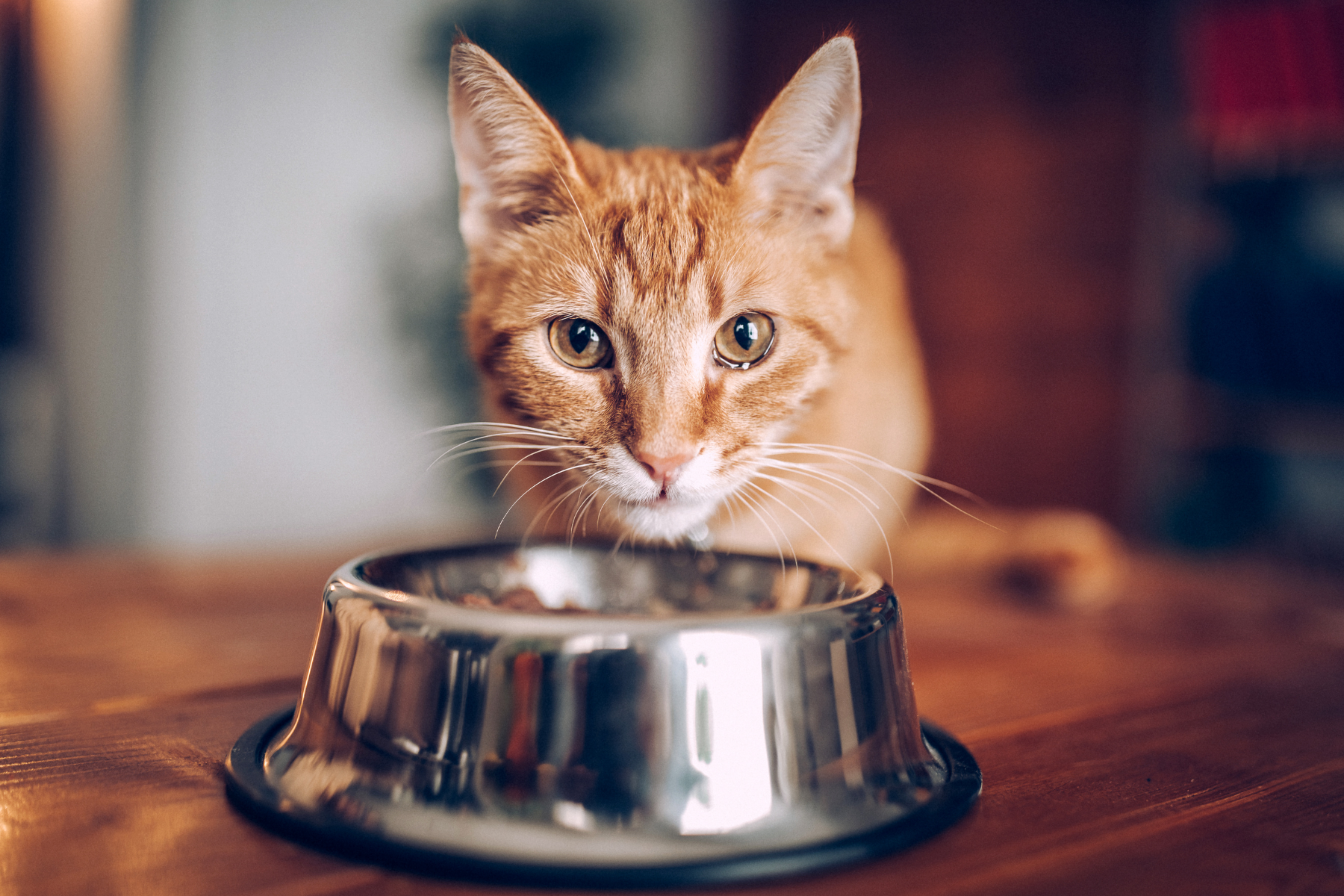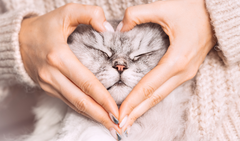Understanding Feline Nutrition: What Should Cats Eat?
Our feline friends possess unique biological requirements that center around a diet rich in animal protein sources. The natural cat nutrition needed for healthy living is supplied best through meat proteins, organ meat, and in some cases, raw cat food. The core distinction here is that cats are obligate carnivores, meaning their bodies cannot utilize nutritional value from human foods like grains and legumes as efficiently as they do from animal protein. Essential amino acids such as taurine are crucial, and deficiencies quickly impact heart health and vision. Commercial diets such as dry food and wet food are devised specifically to support these needs, often using ingredients like cat kibble and carefully balanced Caloric intake to prevent nutritional imbalance. Unlike certain omnivorous pets who might safely consume a variety of foods, cats are at risk when their diets are altered with grain fillers and unfamiliar, nutrient-poor snacks. Cat parents must remember that not every tempting treat, even if it is all-natural peanut butter or high in apparent nutritional value, is safe. Instead, favoring specially formulated foods and natural cat treats designed for cats supports their metabolism, optimizes their health, and keeps illnesses like gastrointestinal disease and inflammatory bowel disease at bay.
Is Peanut Butter Safe for Cats? Examining the Ingredients
When exploring treats such as peanut butter, it's essential to scrutinize every component. While humans may enjoy its taste and energy, cats lack the digestive system to process its complex ingredients fully. Many peanut butters are high in trans fats and laden with sugar or salt, which contribute virtually nothing positive to a feline diet and may disrupt proper calorie count. Beyond that, additives sometimes include macadamia nuts or artificial sweeteners. For example, exposure to xylitol (sometimes found in low-calorie spreads) is a toxicity risk that demands urgent veterinary care. Even all-natural peanut butter—made simply of ground peanuts—can be troublesome for cats, offering little nutritional value compared to animal protein and putting them at risk for complications. Introducing human foods like peanut butter to a cat's routine may also inadvertently encourage unhealthy snacking habits.

Potential Risks of Feeding Peanut Butter to Cats
Several dangers accompany the seemingly innocent act of sharing peanut butter with cats. The sticky consistency of peanut butter is a well-known choking hazard, particularly in kittens, senior breeds like the Maine Coon and British Shorthair, or cats who already have trouble swallowing. Ingesting even small amounts can lead to digestive problems, from mild upset to severe digestive distress or worse: intestinal obstruction. In addition to the risk of a peanut allergy, cats may develop gastrointestinal issues such as vomiting, diarrhea, or abdominal pain. A rapid consultation with a veterinarian or the Pet Expert Team at an animal hospital is advised if any severe symptoms arise. Chronic consumption of inappropriate foods increases the risk of nutritional imbalance, heightening the chance of chronic diseases. The American Society for the Prevention of Cruelty to Animals (ASPCA), as well as the Pet Poison Helpline, both list peanut butter additives and peanuts as potentially problematic for cats. Even if the peanut butter is all-natural, its dense calories, fats, and risk of allergic reactions or digestive upset make it a poor choice for regular use.
Why Do Some Cats Like Peanut Butter? Feline Behavior and Taste
Some cats may sample peanut butter out of curiosity, enticed by the strong aroma or novelty. However, cats have far fewer taste buds than humans and cannot sense the sweetness, making peanut butter so appealing to us. What they may enjoy is the high fat content—much like ground suet found in bird snacks such as suet bell bird snacks or snowman bird snacks—yet these fats are not suitable for a feline diet. Occasionally, cat parents may use peanut butter to hide medication. Yet, this is not recommended due to associated health risks, primarily when safer alternatives exist. Interactive toys, like an interactive treat dispenser filled with natural cat treats or a pinch of cat grass, offer enrichment and are much safer. Feeding peanut butter may encourage undesirable begging behavior, pushing cats toward unhealthy routines and blurring the lines between proper pet care and the desire to humanize our companions.

Alternatives to Peanut Butter for Cats
Offering cats treats made specifically for their species, such as natural cat treats, is vastly preferable to giving them human foods. High-value treats like cooked, plain meat, small pieces of organ meat, or freeze-dried animal snacks responsibly satisfy their nutritional and behavioral needs without the pitfalls of nutritional imbalance. If sneaking medicine is required, consider a specially formulated pill pocket or a treat designed for cats. For those interested in interactive feeding, interactive treat dispensers provide mental stimulation and reward without sacrificing health. In addition, a blend of wet and dry food suited for cats reliably balances their caloric intake while supporting healthy litter training, playtime, and even hairball control in breeds prone to shedding, such as the maine coon. Avoid using food meant for birds or wildlife, like ground suet, as these products can contain unsuitable or dangerous ingredients.
What to Do If Your Cat Eats Peanut Butter Accidentally
When a cat consumes peanut butter by accident, vigilant observation is critical. Monitor for gastrointestinal issues, allergic reactions, or evidence of an intestinal obstruction. Immediate signs include vomiting, loss of appetite, or difficulty breathing; these require prompt attention from a veterinarian or animal hospital. Knowing the ingredients—mainly whether the product contains macadamia nuts, xylitol, or other toxins—is crucial in communicating with professionals. The pet poison helpline and your local pet expert team offer valuable guidance. Keeping harmful human foods out of reach, especially in homes with curious or untrained cats, is an essential preventative measure. Store all homemade or processed snacks safely, just as you would maintain safety during litter training. Should digestive distress occur, provide fresh water and consult with a veterinary expert for the calmest, most professional path forward.

Final Thoughts: Prioritizing Cat Health Over Trendy Treats
Treating cats with respect to their dietary complexity means sidelining peanut butter and other human foods in favor of what's biologically correct. The appeal or novelty of sharing snacks is trivial compared to the risks—nutritional imbalance, digestive problems, or worse, emergency trips to the animal hospital. By championing a diet of scientifically formulated foods that meet cats' unique needs, we ensure rich, happy lives for our companions. Responsible cat parents should always refer to guidance from the American Society for the Prevention of Cruelty to Animals, trusted veterinarians, and reputable pet nutrition resources. Let's invest in interactive toys, cat grass, and proper treats, embracing the best practices for the well-being of all beloved cats, whether they are a playful kitten, a dignified maine coon, or an expertly trained british shorthair.




















